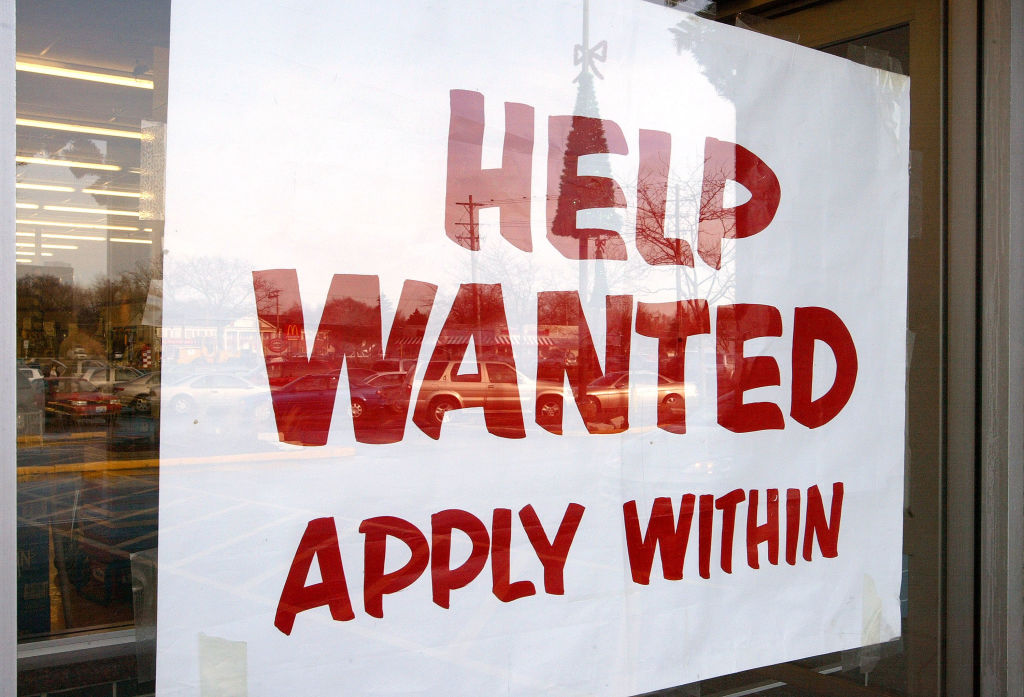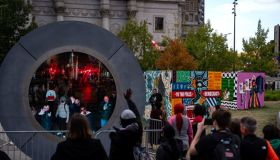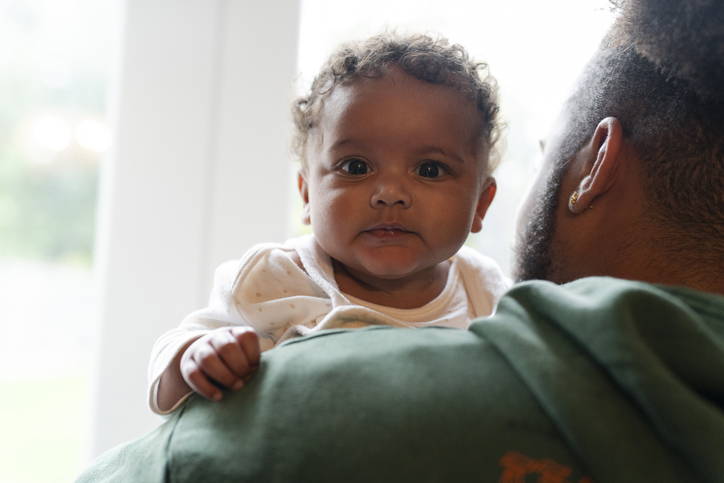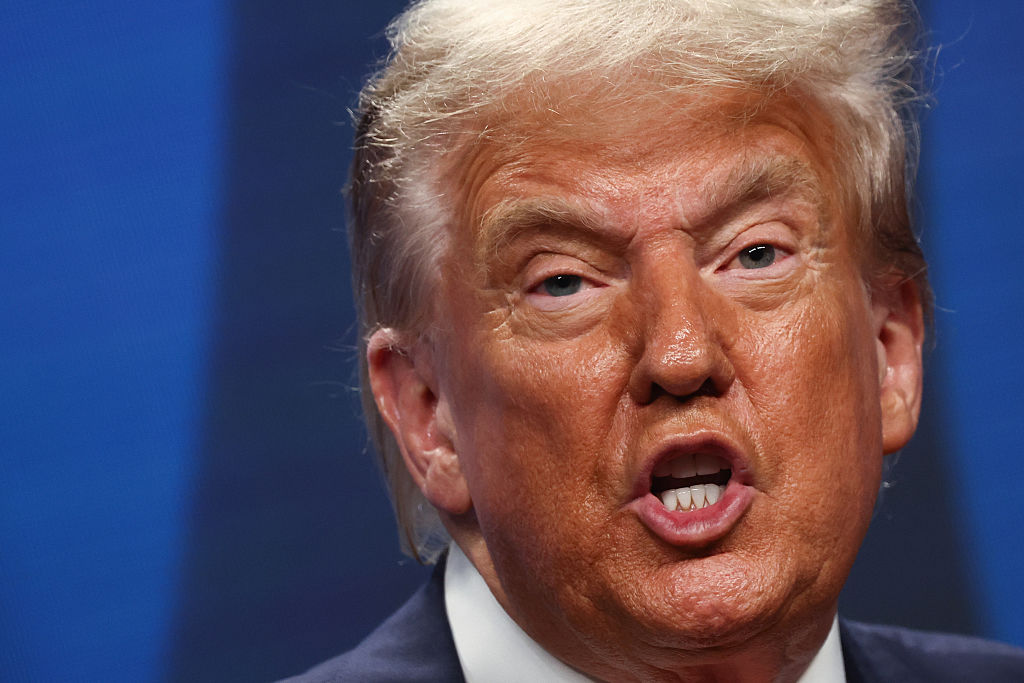Jobs Report: Black Unemployment Drops Lower, New Historic Rate
Black Unemployment Falls Lower To New Historic Rate Amid Record-Setting Declines

Source: Tim Boyle / Getty
One month after setting a record low, the Black unemployment rate in the U.S. continued its steady decline to new historic proportions, according to the newly released jobs report for April.
Data released Friday morning by the Bureau of Labor Statistics showed the Black unemployment rate dipped below the 5% mark for the first time in U.S. history, marking uncharted territory for the nation’s labor force.
At 4.7%, the jobs report for April showed that the joblessness rate for Black people in the U.S. fell three-tenths of a percentage point, a not insignificant drop.
At the same time, the unemployment rate for Black men, in particular, dropped along with the unemployment rate for Black teens.
The unemployment rate for Black women grew slightly following a March jobs report in which they also reached a historic jobless low.
The overall U.S. unemployment rate is at its lowest point in 50 years at 3.4%, including white workers, whose rate dropped one-tenth of a percentage point to 3.1%.
“There’s good news for every audience in this jobs report,” Nick Bunker, head of economic research at Indeed, told CNN Friday morning. “Workers will be happy that unemployment remains low and those out of work are still able to find jobs quickly. Employers will be pleased that labor force participation continues to grow, particularly for prime-age workers. And policymakers at the Federal Reserve will be comforted by the gradual cool down in the pace of hiring.”
Getting the Black unemployment rate under control has been a long time coming.
Prior to the pandemic, the Black unemployment rate was at 5.3%, which at the time was a historic low. But once the coronavirus struck, the Black unemployment rate ballooned to more than 16% in morbid jobs statistics inherited by President Joe Biden after the 2020 election.
It’s taken that long to get the Black unemployment rate to where it is today.
There has been a steady decline in Black unemployment since it was at 5.7% in February, a month that saw an uptick of 0.3% in Black joblessness from January. Generally, the Black unemployment rate this year has hovered between 5.7% and more than 6%.
March’s jobs report revealed that “the share of Black workers holding a job exceeds the share for white workers holding a job for the first time,” William E. Spriggs, the chief economist for AFL-CIO and a professor of economics at Howard University, tweeted at the time.
While April’s numbers show the lowest Black unemployment rate on record, the overall state of Black unemployment has remained a far cry from the joblessness experienced by people from other racial backgrounds.
In comparison, the white unemployment rate in April fell to 3.1%, remained at 2.8% for Asians and was 4.4% for Hispanics.
Not for nothing, the 4.7% Black unemployment rate last month shatters that for which former President Donald Trump previously and readily took credit in 2019.
Back then, Trump boasted of an unemployment rate for African Americans that was nearly a full 2 percentage points more than the rate recorded in March.
“The best numbers that we’ve ever had: African American, Hispanic American, Asian American, Women, everything. We have the best numbers that we’ve had in many, many, many decades,” Trump told reporters in October 2019 about the unemployment rates for the month prior.
At that pre-pandemic point, Black unemployment sat at 6.6%.
SEE ALSO:
The Real Reasons Why The Black Unemployment Rate Is Always The Highest



















